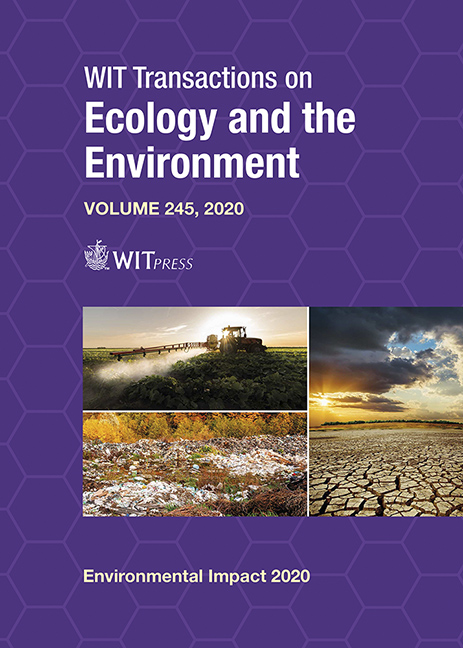USE OF STRUCTURED DECISION SUPPORT FOR VALUING LOST CULTURAL BENEFITS ASSOCIATED WITH ENVIRONMENTAL INJURIES
Price
Free (open access)
Transaction
Volume
245
Pages
12
Page Range
109 - 120
Published
2020
Paper DOI
10.2495/EID200111
Copyright
WIT Press
Author(s)
WILLIAM TROUSDALE, DAVID A. HANSON
Abstract
Various environmental regulations require the avoidance from, mitigation of, and/or compensatory restoration of lost ecosystem services associated with environmental injuries. The ability of environmental managers to put various categories of ecosystem services into effective operational terms for environmental regulation and decision making has been highly variable to date. Quantitative valuation of the benefits associated with provisioning services (e.g., timber), as well as the direct human use of natural resources (e.g., recreation and tourism), using traditional market-based and revealed preference economic frameworks has been widely adopted. In contrast, valuation of non-material cultural services (e.g., bequest, existence, spiritual, or aesthetic) has been more challenging with various types of environmental assessments relying (1) on narrative descriptions (which define the benefit of an ecosystem service but struggle to define its value), (2) established but not widely accepted contingent valuation economic frameworks, or (3) ecological-based equivalency analysis based on a single habitat or ecological production metric while assuming other regulating, non-material cultural services, and supporting services are equivalent and substitutable on a per unit basis. The lack of effective methods to communicate and appropriately address the value of non-material cultural benefits associated environmental injuries has been an ongoing source of conflict for environmental managers. This paper presents a method for scaling the value of threatened or lost non-material cultural services associated with environmental injuries based on a structured decision support (SDS) approach, which draws from decision sciences (e.g., multi-criteria attribute) and negotiation theory (e.g., interest based). It has been successfully applied in both Indigenous and non-Indigenous groups in Canada and the US. The value of the benefit of cultural services or goods is estimated by scaling “Benefit-to-Benefit” when possible. In some contexts, the use of “Benefit-to-Cost” method of scaling is warranted. Neither scaling approach requires stakeholders to state a direct monetary value for non-material losses.
Keywords
structured decision support, cultural values, cultural ecosystem benefits, environmental injuries





